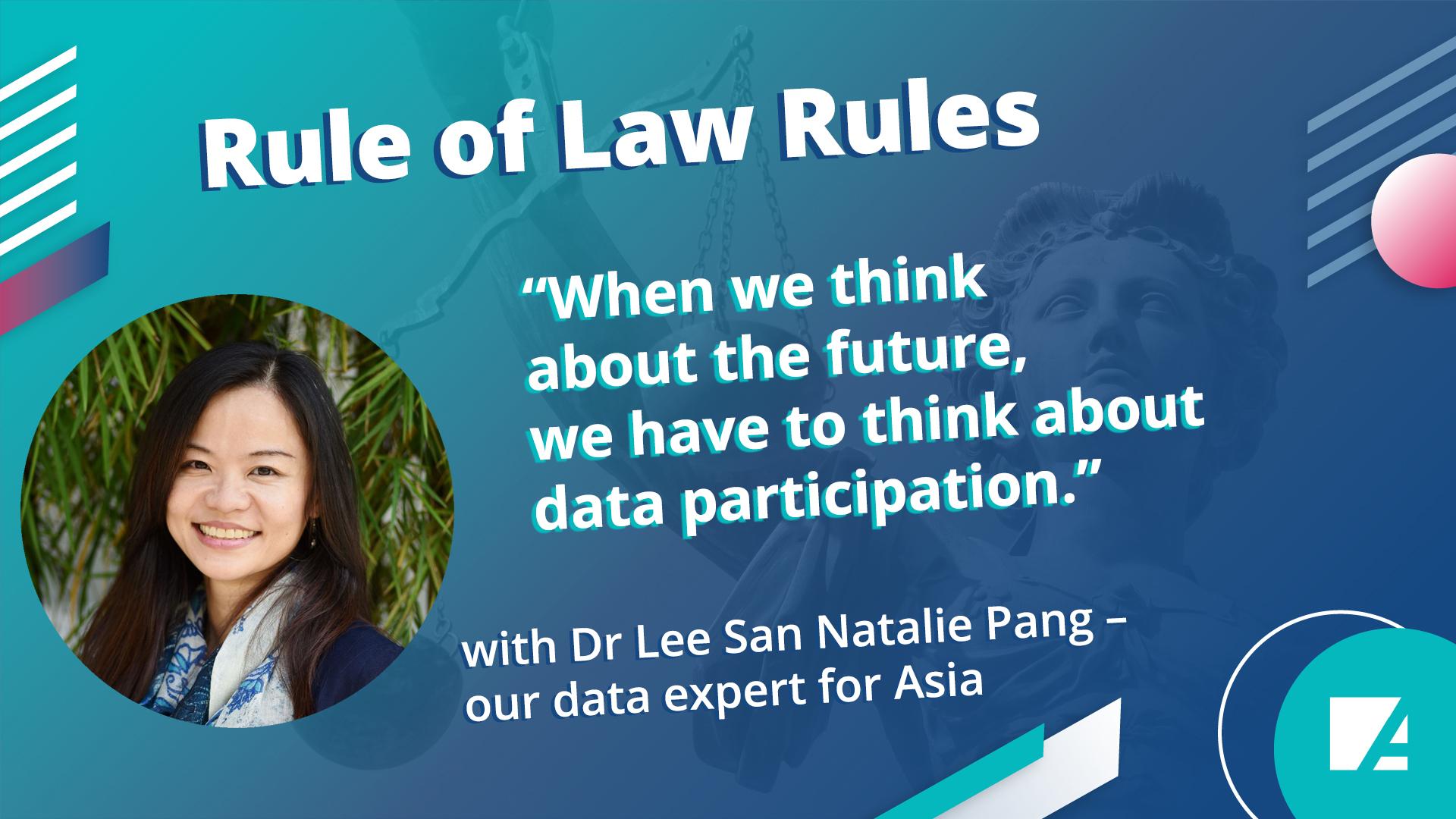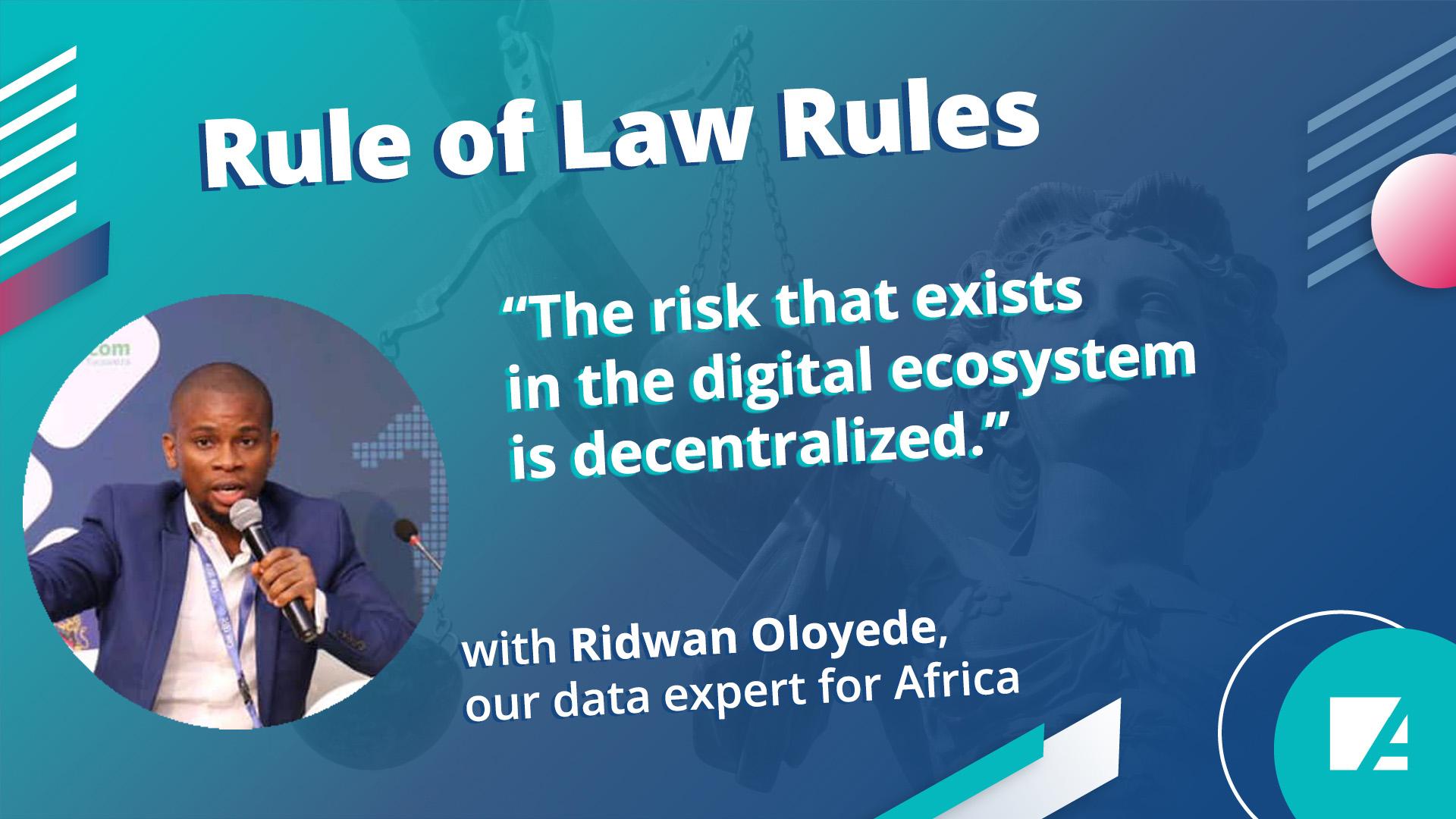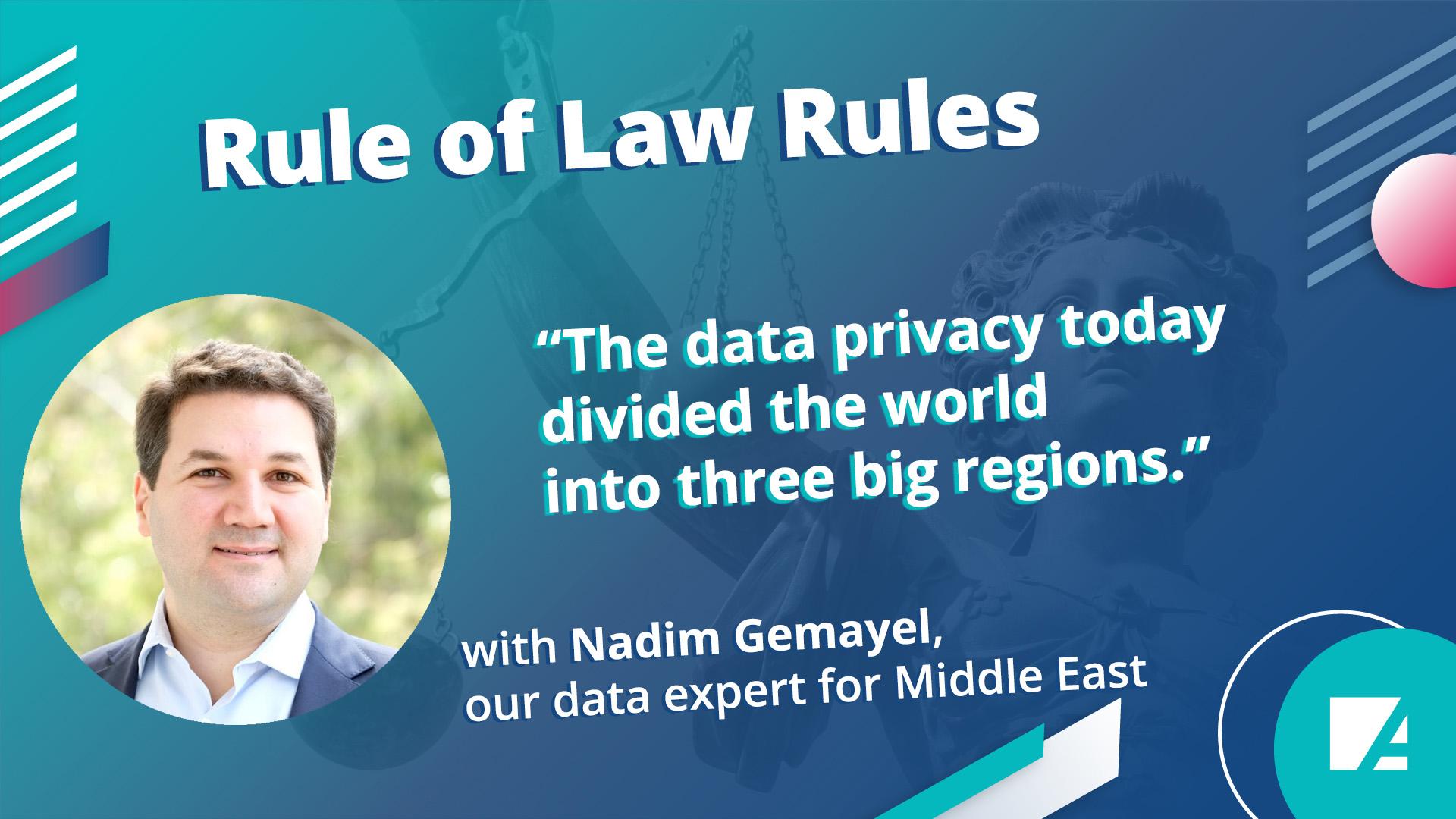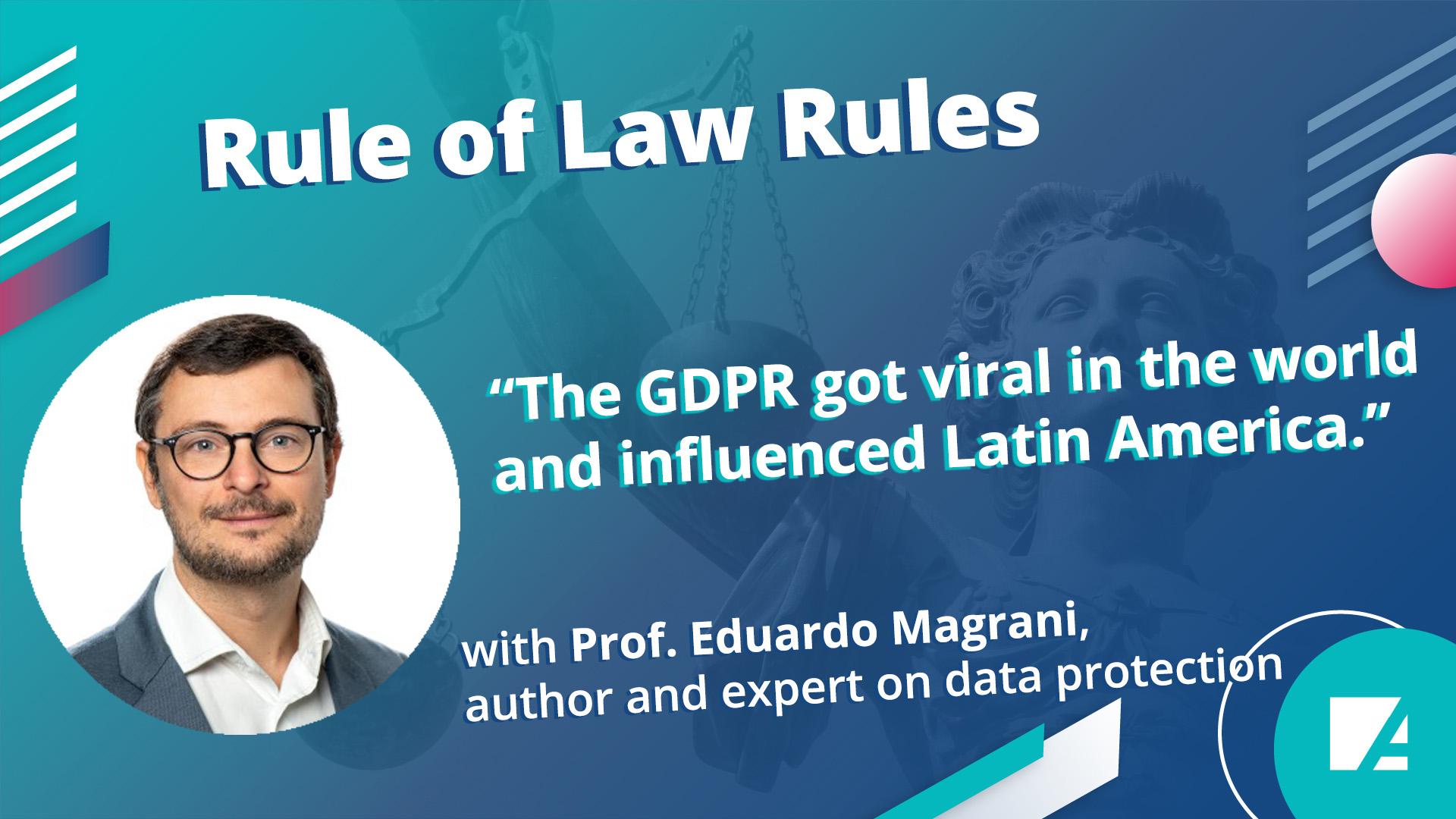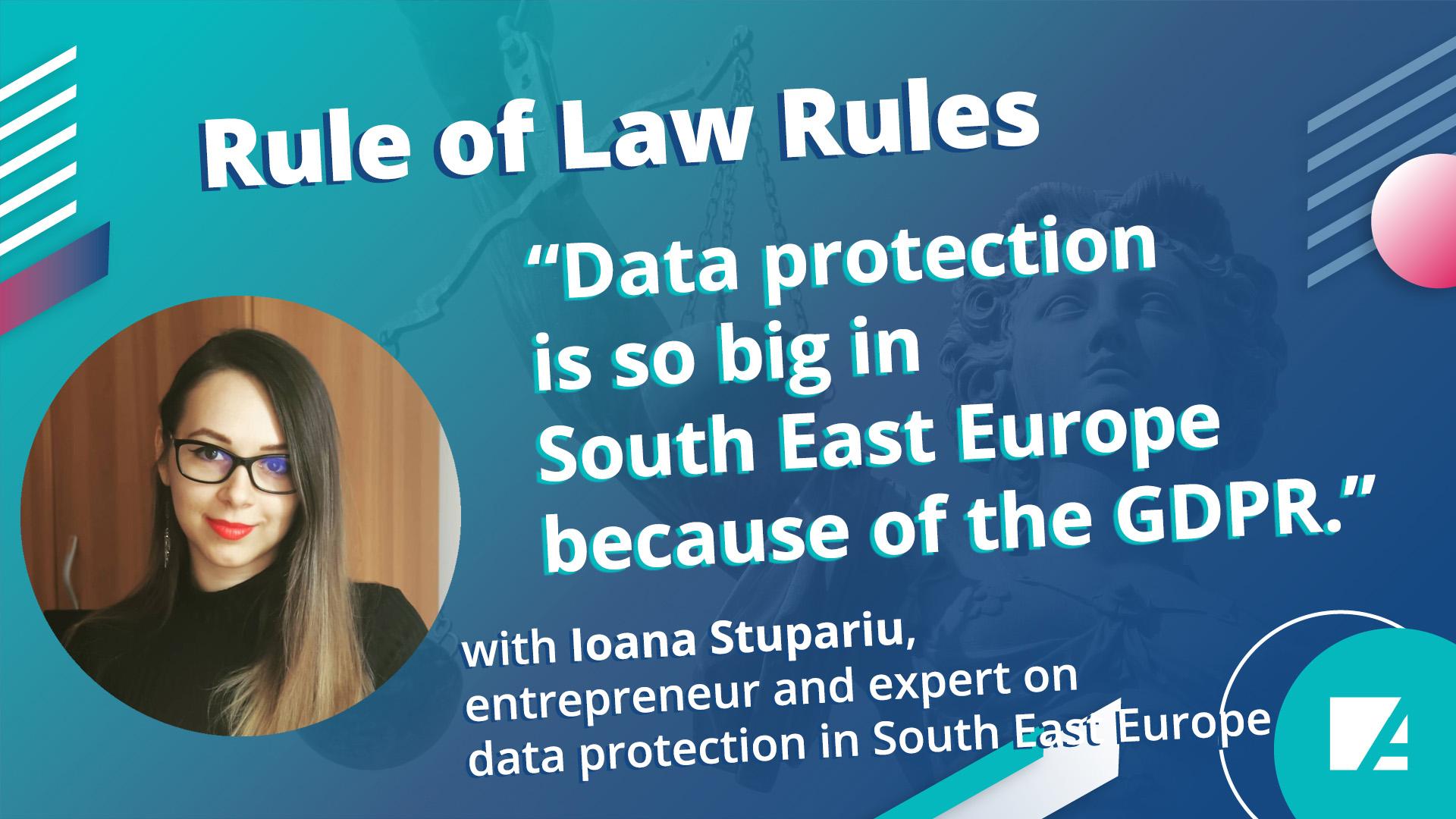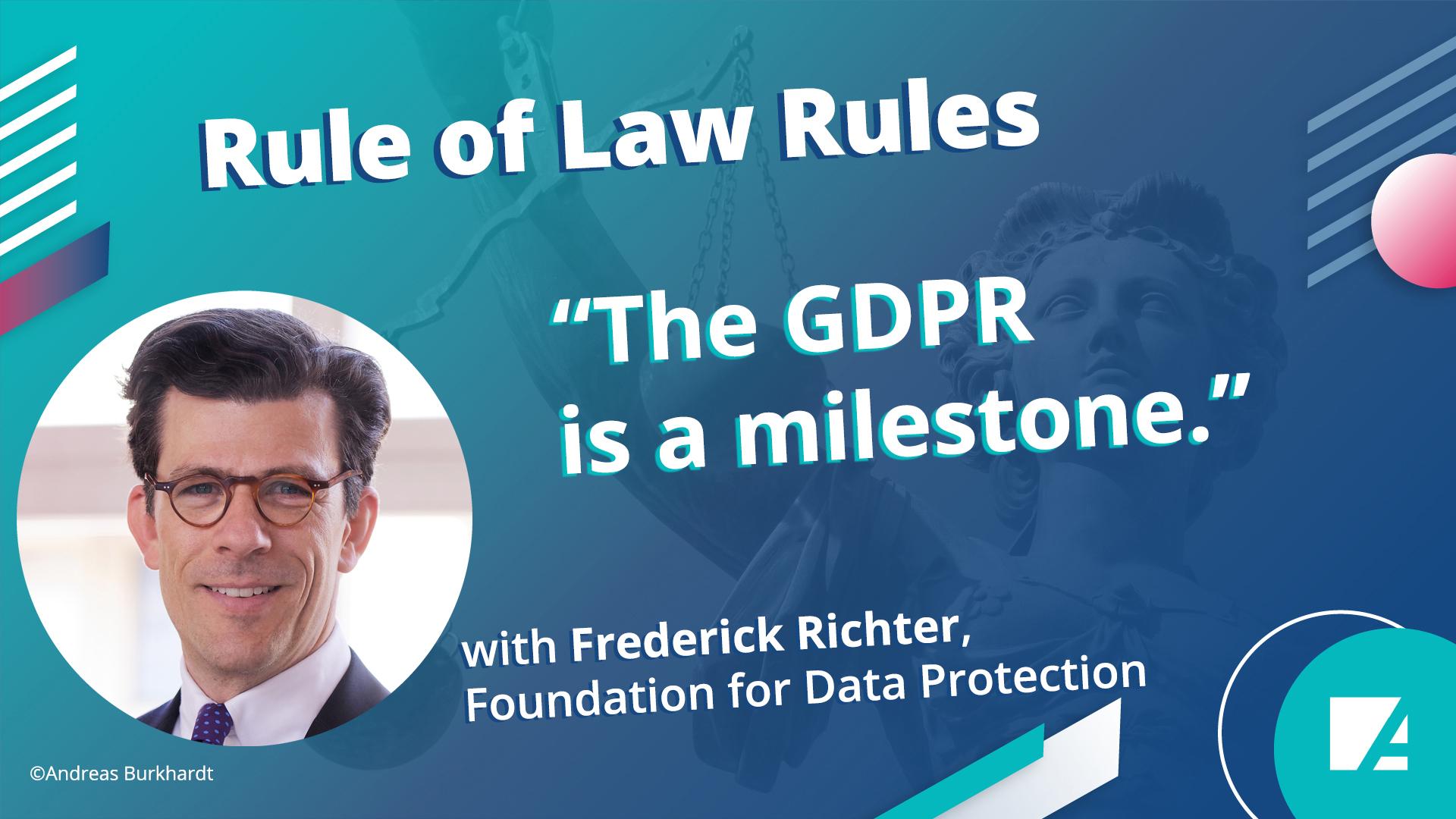Beyond the hype that predicts the next evolutionary stage of the internet as a comprehensive virtual space in a metaverse, immersive virtual reality technologies have been used in a wide variety of areas in specific utilization scenarios for several years now.
For example, so-called digital twins have long been used in industry, which can provide added value in the planning, operation or servicing of production facilities as detailed and functional three-dimensional virtual images of their physical originals. Such digital twins also promise advantages as models in urban planning. Three-dimensional virtual settings are used in education and training for training simulations but are also being trialled in therapeutic work in medicine. Virtual spaces or objects are used in gaming and e-commerce or open up new possibilities for expression and representation in art and culture.
Technical requirements
Such computer-generated, interactive, virtual, three-dimensional spaces or objects are summarized under the term extended reality (XR for short). They can be embedded as virtual elements in the physical space (augmented reality - AR for short), represent a complete virtual environment (virtual reality - VR for short) or be a mixture of real and virtual elements (mixed reality - MR for short). The term spatial computing, which focuses more on the spatial nature of the computer-human interface, also covers these forms of representation. Using various technologies such as artificial intelligence, 3D projections, volumetric recordings or physical actuators, virtual representations are generated to create the effect of immersion for the user. Immersion describes the immersion in virtual environments in which they are perceived by the user as real environments. A combination of visual, acoustic and haptic signals can increase the degree of immersion as a holistic sensory impression.
Added value in specific usage contexts
The fact that virtual realities expand the scope of action is a generalized deduction. However, how measurable added value can be achieved and defined through the use of XR technologies only becomes apparent in the specific context of use. These added values can mean a reduction in costs, as the virtual scenarios eliminate the need for complex analogue settings. They can increase efficiency, as they lead to time or material savings in processes through virtualization or have a sustainable effect due to their simple reproducibility or easy adaptability. However, they can also generate added value because they enable a higher degree of immersion or visualization in a specific context than previously used media allow. When deciding on the use of XR technologies, the application-specific potential must therefore always be considered. The future will show to what extent further technical development can generally change the obstacles of the human-machine interface through the possibilities of free interaction in virtual spaces or with virtual objects.
The examples selected here show just how wide the range of possible applications already is and what added value can be created by immersive technologies in the respective usage contexts.
The fact that a European XR industry can emerge through the in-house development of hardware and platforms is not only a prerequisite for European digital sovereignty, but also a condition for the successful retention of XR specialists in our country. Germany should not wait so long to become involved in this field of technology that it has to admit that it has lost touch with the competition.
Please note, to date the study is only available in German.




